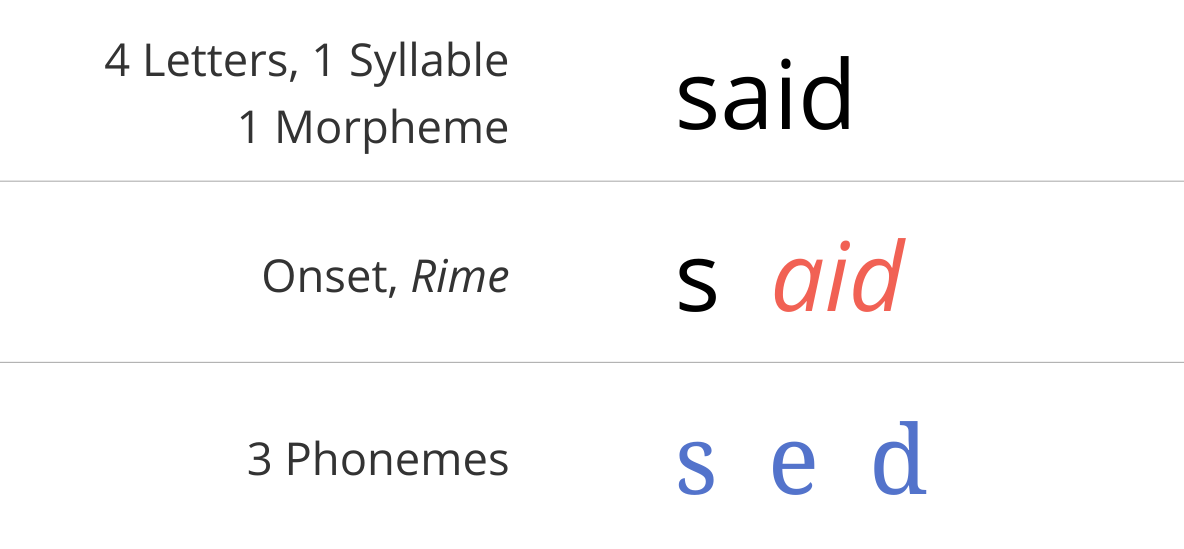In a classroom at Ginter Park Elementary School, a century-old brick schoolhouse on a dreary, zoned-commercial truck route that bisects a largely African-American neighborhood in Richmond, a third-grade teacher, Laverne Johnson, is doing something that flies in the face of more than three decades of the most advanced pedagogical principles taught at America’s top-rated education schools. Seated on a chair in a corner of her classroom surrounded by a dozen youngsters sitting cross-legged on the floor at her feet, Johnson is teaching reading–as just plain reading. Two and a half hours every morning, systematically going over such basics as phonics, vocabulary words, and a crucial skill known as “phonemic awareness” that entails recognizing the separate sound components of individual words–that the word “happy,” for example, contains five letters but only four sounds, or phonemes.
Phonemic awareness is an important prelude to phonics: learning which phonemes are represented in written English by which graphemes, or combinations of letters. According to the principles Johnson is following, it is the mix of phonemic awareness and phonics that enables children (and adults learning how to read for the first time) to sound out, syllable by syllable, unfamiliar-looking words they might encounter on a page and then link those words to meaning. In the world of forward-thinking educational pedagogy, phonemic awareness is deemed useless, phonics of only intermittent value, and the sounding out of words deadening to a child’s potential interest in books.
Joanne has more.
